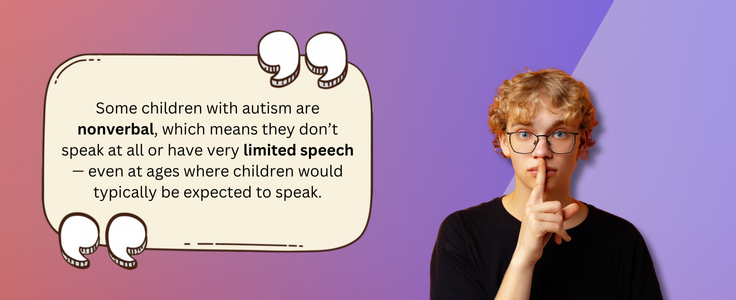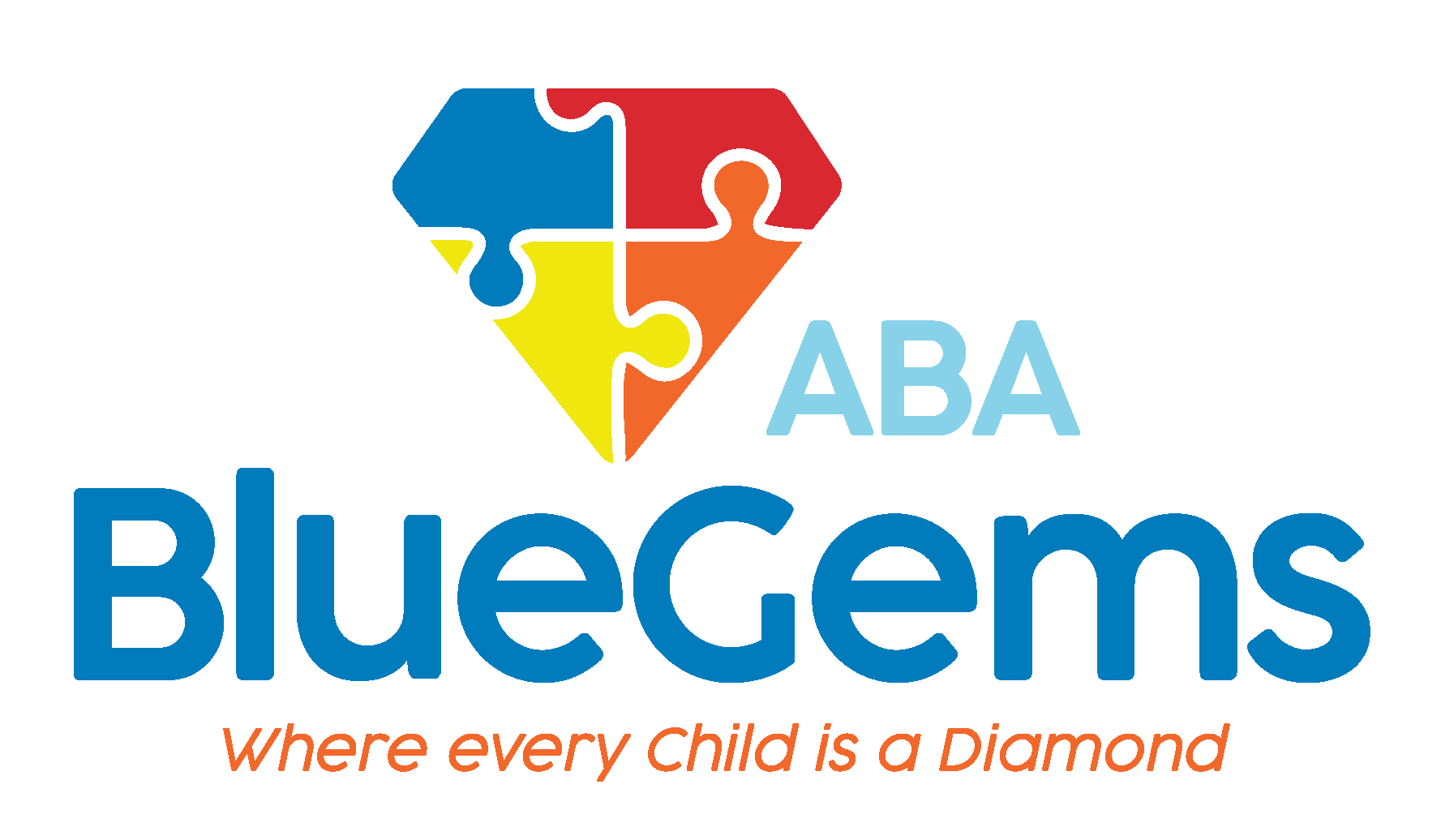ABA Therapy for Nonverbal Children
Children who have autism spectrum disorder (ASD) can display a wide variety of signs of symptoms. The neurodevelopmental disorder can affect children in vastly different ways, which emphasizes just how diverse the condition is and how flexible treatment plans need to be.
This is one of the main reasons why applied behavior analysis, or ABA therapy, is so effective at treating children on the autism spectrum. Not only is ABA therapy rooted in scientific evidence and principles, but it’s also flexible.
ABA therapy is customized to each individual child so that they are getting the specific support they need based on their signs, symptoms, strengths and challenges. Therapists create these personalized ABA therapy treatment plans based on in-depth observation of the child’s behaviors, and one-on-one interaction with them.
The initial observation and evaluation phase is crucial to the success of ABA therapy since, as mentioned, not every child on the autism spectrum is the same or has the same needs.
Some children with autism are nonverbal, which means they don’t speak at all or have very limited speech — even at ages where children would typically be expected to speak.
So, how does ABA therapy for nonverbal children work? Let’s take a look at that below.
Table Of Contents
What are the Main Approaches to ABA Therapy?
As mentioned, ABA therapy is a very flexible treatment plan for children on the autism spectrum. There are many different tools and strategies that therapists can use to help support their patients, which allows them to personalize the therapy to each individual patient.
That being said, all of those strategies and tools are based on the basic principles of ABA therapy, which are rooted in what’s known as Behavior Analysis (BA). BA is used to help the ABA therapy team better understand and explain a child’s behaviors while also predicting how they might behave in certain situations.
Using this knowledge, targeted therapies can then be developed as part of the larger ABA therapy treatment plan so that these behaviors can be specifically addressed. For instance, if a child with autism frequently has loud outbursts or tantrums when they hear loud noises, targeted therapies can be developed to identify the root cause of the behavior and then equip the child with the knowledge and skills necessary to cope better — i.e., modify their behavior.
No matter what skills or behaviors are being taught, some of the keys to success in ABA therapy are positive reinforcement and repetition. Therapists will devise a rewards system for when a child successfully exhibits a new skill or behavior that’s being taught, and that reward will be based on what specifically motivates that child to engage and learn, such as time with a specific toy that they love.
It takes time for these skills and behaviors to take root, and for the child to master them so they exhibit them independently without prompts on a consistent basis. That’s why consistency and repetition are so important.
How Does ABA Therapy for Nonverbal Children Work?
The principles of ABA therapy never change, regardless of what challenges children with autism face. Instead, therapists will choose different strategies and approaches to teach new skills and behaviors based on the child’s unique strengths and challenges.
In other words, the tools that ABA therapists use and/or the goals that they set for nonverbal children might just look different than they do for verbal children — but the principles of the treatment itself will remain the same.
Positive reinforcement works very well for nonverbal children. It helps to reinforce skills such as attempts at communication and social interactions, which form the basis of either the development of verbal communication or different communication methods.

Nonverbal children often benefit from things such as video modeling, as they are often visual learners. Children who don’t speak may also have a tough time understanding spoken language, which makes it harder for them to follow verbal instructions, for instance.
Video modeling has proven to be very effective, then, at teaching them new skills and behaviors. Children can watch videos where these skills or behaviors are being carried out by someone else, which helps them understand what they’re supposed to do and even imitate these behaviors.
When teaching new skills or behaviors to nonverbal children, ABA therapists will also use prompting and gradual fading.
These prompts can be visual, physical and/or verbal in nature, and they’re meant to notify the child that it’s time for them to do something. In essence, it signifies to them that it’s time to exhibit the skill and/or behavior that’s being taught.
Over time, as the child begins to master certain steps of the skills/behaviors, the therapist will gradually fade away the prompts until the child doesn’t need them at all. This encourages them to exhibit the skills/behaviors on their own, which helps them live more independent.
Blue Gems ABA Supports Children with Autism in Many Ways
While children on the autism spectrum share a lot of the same characteristics, signs and symptoms, there is also quite a variance in terms of how their neurodevelopmental disorder affects them. This necessitates a personalization of treatment plans, such as ABA therapy.
At Blue Gems ABA, we help support children throughout the autism spectrum. This includes nonverbal children, who may need a different approach and/or different strategies to help them build social, communication and daily life skills.
To learn more, please contact us today.




